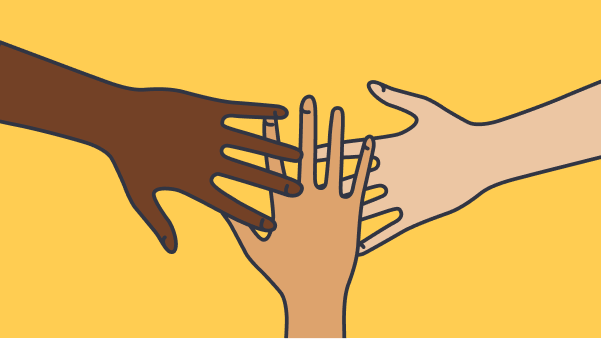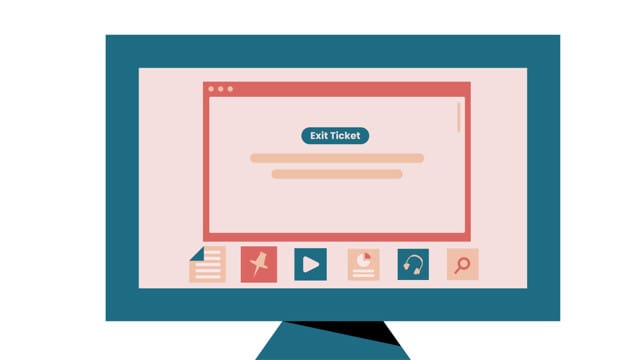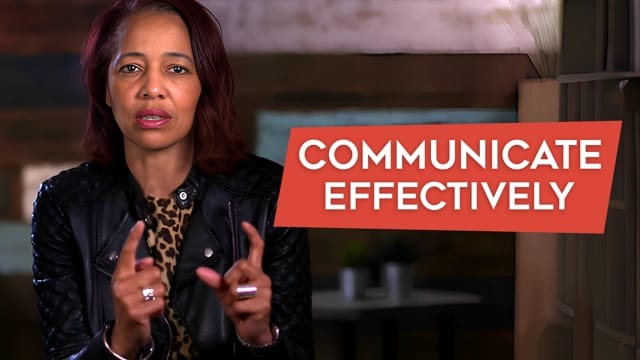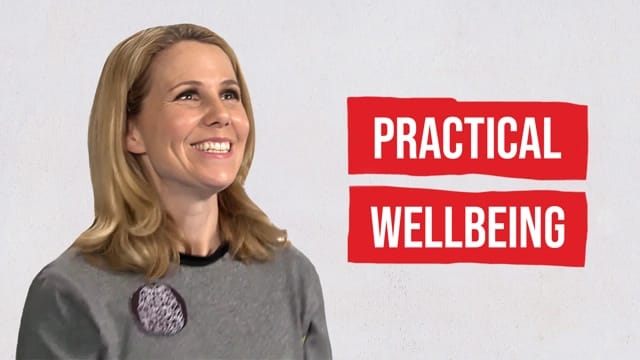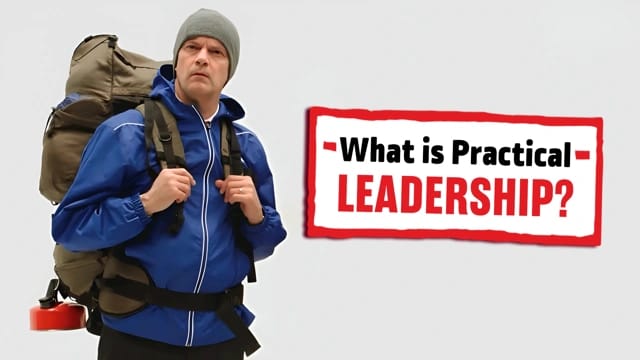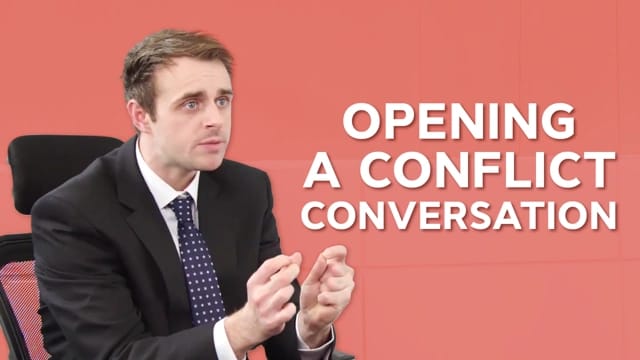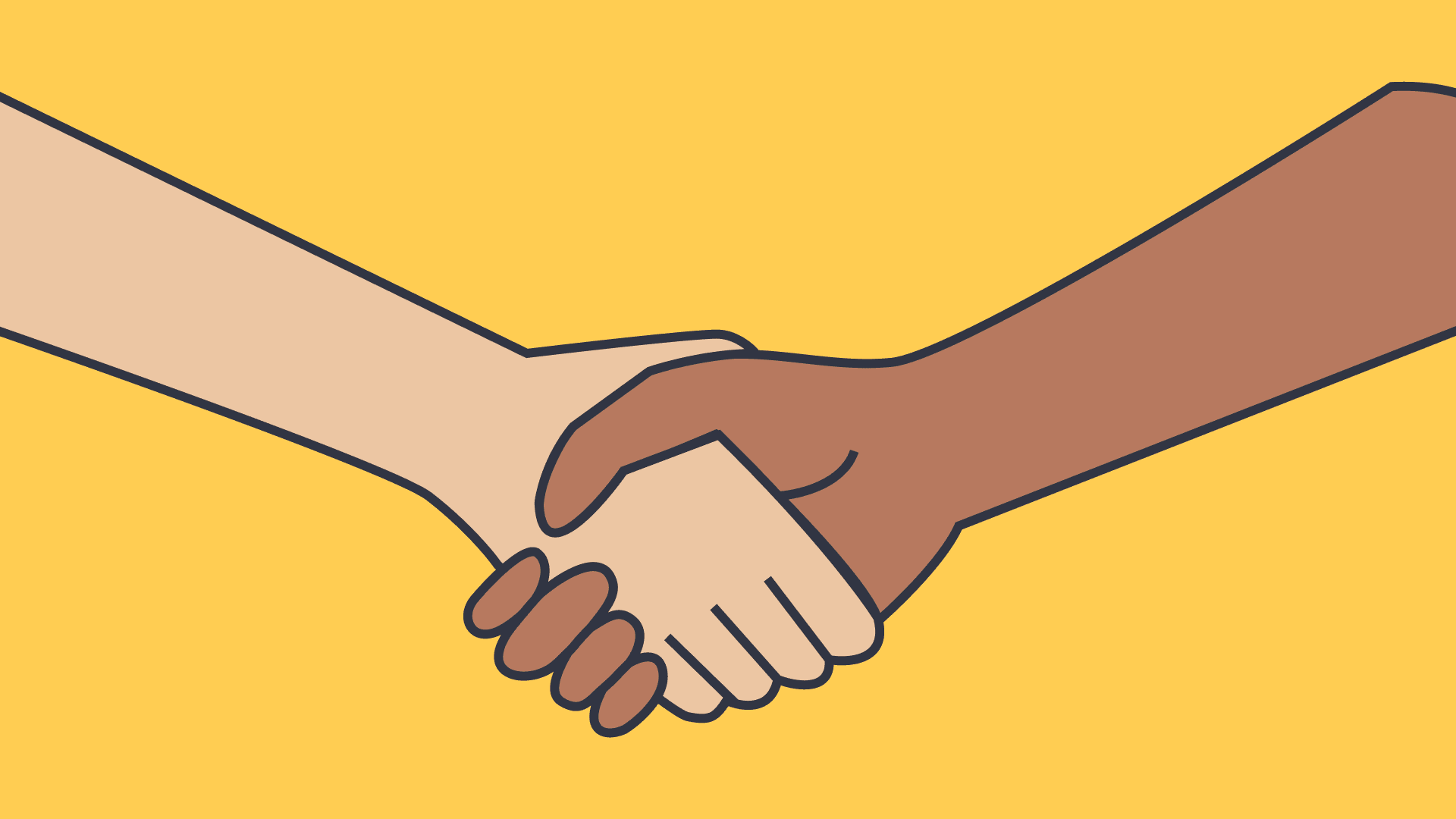Simple ways to introduce classroom restorative practices
In this guide
Imagine what discipline was like when you were a child in school. Some teachers used methods such as writing names on a board, calling out students in front of the class, or even a physical punishment! “Old-school” discipline didn’t work then and especially doesn’t work today. Teachers have since tried so many ways to get students to listen and respond in the classroom.
It is important for our students to learn and grow from mistakes rather than feel defeated or punished. Restorative practices focus on building connections and relationships first as a foundation to address tension in the classroom.
When we prioritise communication, accountability, and empathy teachers can create an inclusive environment where students feel heard and supported.
3 Methods to introduce restorative practices
In this blog post, we will explore some simple yet effective methods to introduce restorative practices in your classroom.
What are restorative practices?
According to maec.org, “restorative practices is an approach to build relationships within a community”. Restorative practices are rooted in the idea that when harm or tension occurs in a community, it is important to address the individual needs of all students involved and work toward repairing the harm that has taken place.
Restorative practices are focused on building and maintaining relationships with students and fostering a sense of belonging in your classroom and school communities. These practices assist students in social-emotional and character development. Students need strong and meaningful relationships in order to thrive (International Institute for Restorative Practices).
So how can we as teachers easily implement restorative practices in the classroom? Here are three methods that you can start implementing today. These methods can be modified for students in Year 1 to Year 11 and do not have to be started on the first day of school or beginning of the year. Start trying them out tomorrow!
1) Student-led classroom contract
In order to foster a strong classroom community, it is important to develop norms in a classroom. This can look a variety of ways depending on the needs of your classroom and students. It is important that all classroom contracts are built by the students and not by the adult. You as the teacher are part of the classroom community, but you don’t define it! Allow the students to speak openly and honestly about what a safe, inclusive, and fun classroom community looks like to them.
A classroom contract outlines agreed-upon norms, expectations, and consequences for actions and behaviour in the classroom. Students will become more invested in the values of their learning environment when they are empowered to define it.
In an early primary classroom, a classroom contract can start with a read-aloud or mentor text that gives students the language and understanding of what it means to be a kind classmate. Vera Ahiyya’s book, KINDergarten, shows our earliest learners what it looks like and feels like to be kind in the classroom! After reading, students can co-create a chart to show what a good classmate is or is not.

After creating a student-led classroom contract, students and teachers should refer back to it often. Checking each other and reflecting on their own behaviours is important to continue to uphold the classroom norms.
When a student makes a mistake or is unkind, rather than pointing out the negative, giving a consequence and moving on, restorative practices show us that we should repair our wrongdoings. How has this student gone against our classroom contract? What can we do to repair what is broken? What can we do differently in the future?
In an upper primary through high school classroom, contracts are still created by students but might have more detailed descriptions of what students would like their learning space to be like. Ask students questions such as, “What do you need to be successful in our learning space?” or “How do we want to respond to each other when we are frustrated?” These questions can help guide a conversation while students are creating a contract.
Classroom contracts are not just a list of do’s and don’ts or the ‘school policies’ we often recite to students the first week of school. A student-led classroom contract really gives students the voice and choice to create the learning environment they see themselves in.

2) Daily morning meetings
Another easy method to introduce restorative practices to your classroom is to establish a daily morning meeting routine (because of timetable constraints, these meetings can happen at any time of day but the important piece is that they are happening daily!)
Implementing daily morning meetings provides a structured opportunity for students to connect with each other and with the adults in the room. This can look and sound different for every classroom and every teacher, however, during this time students should have an opportunity to connect, share feelings and experiences, and discuss any issues that may have come up since the last meeting.
A daily morning meeting is the foundation for building a sense of community in the classroom and sets a positive tone for the rest of the day. It is important to establish norms of daily meetings with your class (such as only one person speaking at a time, we can be open and honest with our communication, and we must listen to each other).
Morning meetings can and should be fun! Include various activities to structure how students will connect. Students can complete social-emotional check-ins that they can then share and discuss with the group, team-building games or tasks, or discussion topics that are relevant to your student population.
During this time, it is important to make a safe space for students to share any conflicts or concerns that have happened in the classroom or during the school day. Students should be comfortable expressing themselves. Teachers can facilitate discussions around misunderstandings or disagreements.
Taking a restorative approach to these meetings, teachers can give students reflection questions, help them take responsibility for their actions and feelings and resolve conflicts. This approach centres all students’ feelings and seeks to restore the learning environment.

3) Restorative repairing conversations
Restorative conversations, or circles, are another way to easily implement restorative practices in your classroom. When conflicts occur in the classroom, it is important to address these disagreements in ways students feel validated and cared for.
When two or more students are involved in a conflict at school, restorative conversations can be implemented where both students acknowledge and identify the impact of their actions. Restorative conversations should be mediated or facilitated by an adult.
Some general questions to start with are:
- What happened?
- What were you thinking and feeling at the time?
- Who has been affected and how?
- What are your thoughts and feelings about the incident right now?
- What needs to be done to make things right?
Conversations can look a variety of different ways, however, this is a good place to start. These questions can be modified to fit the needs of your students and classroom. During restorative conversations, emphasise active-listening, empathy, and reflection with your students.
The purpose of a restorative conversation is to restore relationships and build back trust between students in the classroom. Restorative conversations are a peaceful way to rebuild relationships after an incident.
To facilitate restorative conversations, teachers should focus on the goal: to restore the relationship between the parties involved. If this is the main focus, it takes out the immediate reaction to punish or discipline the student. Starting with a script or guiding questions gives teachers the freedom to truly step back and let students be active participants in conflict resolution.
Oftentimes, when students take ownership of their mistakes they are the ones to come up with solutions and meaningful ways to resolve the conflict. As we help students develop empathy through restorative practices, the hope is that they utilise these skills far beyond our classroom walls.

Benefits of restorative practices
There are so many benefits of implementing restorative practices in the classroom.
According to Learning Policy Institute, “unlike zero-tolerance approaches, which seek to hold students accountable through punitive discipline- often in the form of classroom or school removals- restorative approaches achieve accountability through the development of caring, supportive relationships and through strategies that allow students to reflect on their behaviour and make amends when needed to preserve the health of the community,”
After implementing these simple methods of restorative practices in your classroom, you will most likely see the following key benefits:
- Restorative practices will promote strengthened relationships among your students and between the students and adults in the room. When students learn to acknowledge how they have hurt others and seek to restore the relationship it will build and sustain relationships throughout the year.
- Reduced discipline issues are common in schools implementing restorative practices because students and teachers are responding and addressing conflicts proactively. Restorative practices will reduce the need for disciplinary measures such as suspension or explosion.
- Students participating in restorative practices will engage in dialogue and have more opportunities to practise active listening. Restorative practices will assist students in developing communication skills that will be valuable both inside and outside of the classroom.
Restorative practices aim to empower students, build a sense of community in our classrooms and schools, and provide guided opportunities for reflection and conflict resolution.
To easily introduce restorative practices into your classroom at any level, implement a version of student-led classroom contracts, morning meetings, or restorative conversations. These simple practices will foster positive relationships and move away from traditional discipline methods to create a stronger and more inclusive classroom environment!
References
- Mid-Atlantic Equity Consortium (MAEC). (May 2021). Introduction to Restorative Practices. [Online]. Available at: https://maec.org/resource/introduction-to-restorative-practices/.

Victoria Dotson
briefcase iconLiteracy Specialist
Victoria Dotson, an esteemed educator and professor in Chicago, Illinois, leverages her background as a Literacy Specialist to support multilingual learners and mentor preservice teachers. Victoria excels in developing literacy practices, promoting diverse literacy experiences in the classroom, and developing restorative curriculum.
Other posts
Want more content like this?
Subscribe for blog updates, monthly video releases, trending topics, and exclusive content delivered straight to your inbox.

